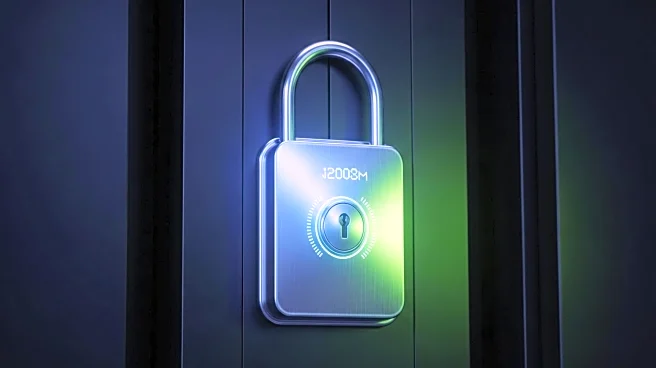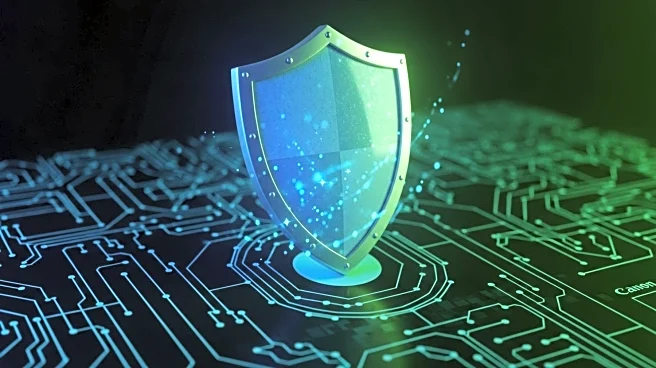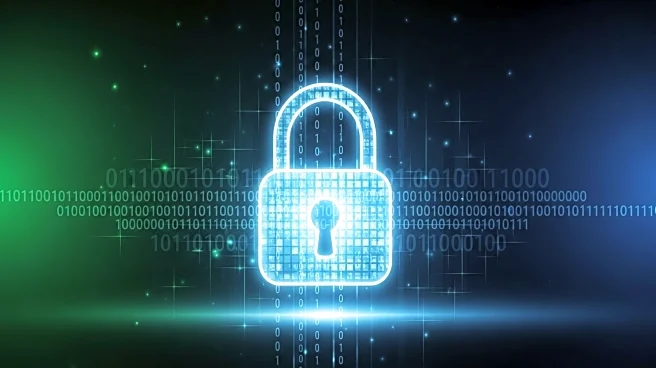Rapid Read • 9 min read
Cybersecurity researchers have uncovered a global phishing campaign that utilizes personalized emails and fake websites to deliver malicious downloads. According to FortiGuard Labs, the operation employs a custom loader named UpCrypter to install various remote access tools (RATs), allowing attackers prolonged control over compromised systems. The attack begins with phishing emails containing HTML attachments that redirect victims to spoofed websites. These sites are tailored to each recipient by embedding their email address and company logo, enhancing the illusion of legitimacy. The campaign uses themes such as voicemail notifications and purchase orders to lure victims into downloading a ZIP archive containing an obfuscated JavaScript file. This script executes PowerShell commands, evades detection tools, and retrieves payloads from attacker-controlled servers. UpCrypter checks for forensic tools and virtual machines before running, and if analysis is suspected, it forces a system restart to disrupt investigations. The final payloads include PureHVNC, DCRat, and Babylon RAT, enabling actions like keylogging and file theft.
AD
The significance of this phishing campaign lies in its sophisticated approach to compromising corporate environments. Unlike typical phishing schemes aimed at stealing email credentials, this operation installs advanced malware, posing a serious threat to industries such as manufacturing, technology, healthcare, construction, and retail/hospitality. The rapid expansion of the campaign, with detections doubling in two weeks, highlights the growing risk to businesses worldwide. Organizations must prioritize cybersecurity measures, including strong email filters and staff training to recognize and avoid such attacks. The use of UpCrypter as a delivery hub for RATs underscores the evolving tactics of cybercriminals, necessitating enhanced vigilance and proactive defense strategies.
Organizations affected by this phishing campaign are likely to increase their cybersecurity efforts, focusing on employee education and the implementation of advanced security tools to detect and prevent such attacks. Cybersecurity firms may develop new solutions to counteract the techniques used in this campaign, such as steganography and obfuscated scripts. Regulatory bodies might also consider updating guidelines to address the growing threat of sophisticated phishing operations. As the campaign continues to expand, collaboration between industry stakeholders and cybersecurity experts will be crucial in mitigating its impact and safeguarding sensitive data.
The use of steganography to hide data within image files represents a growing trend in cyberattacks, challenging traditional security measures. This technique, combined with the ability to evade detection tools, highlights the need for continuous innovation in cybersecurity practices. The campaign's focus on corporate environments raises ethical concerns about data privacy and the responsibility of companies to protect their employees and clients from cyber threats. Long-term, this development may drive increased investment in cybersecurity research and the adoption of more robust security frameworks across industries.
AD
More Stories You Might Enjoy










